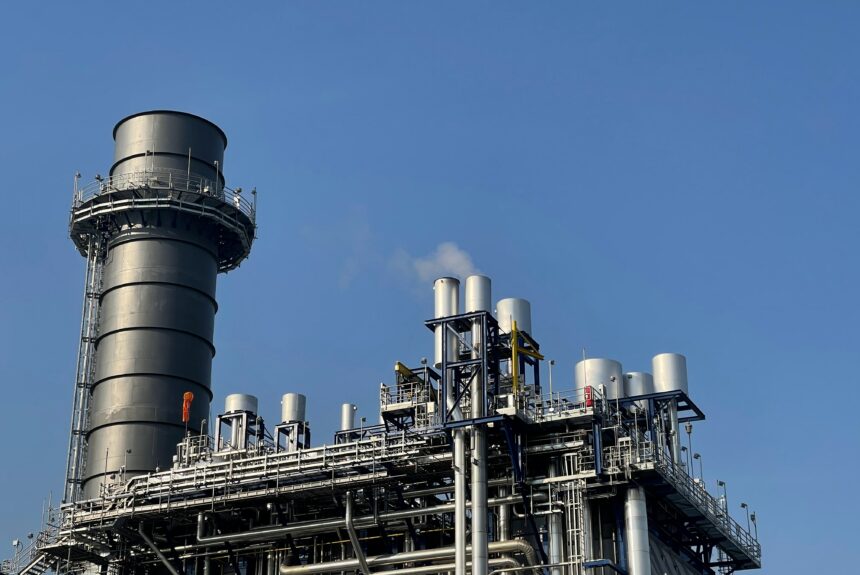Direct Air Capture (DAC) technology providers Heirloom Carbon and Climeworks are teaming up with leading research institute Battelle to potentially advance DAC. The trio has applied for a $500 million grant from the Department of Energy’s $3.5 billion program to build four regional DAC hubs over a span of five years and advance the commercialization of the nascent technology. Direct Air Capture and Storage (DAC+S) technologies extract carbon dioxide (CO2) directly from the ambient air and permanently store it underground. The negative emissions solution is considered permanent because the sequestered CO2 can be preserved in geological content like basalt for more than 10,000 years where it mineralizes, thereby achieving full carbon dioxide removal.
>>>READ: Turning Carbon into Concrete: How one Company is Cleaning up the Cement Industry
If selected, the grant will go to Battelle’s Project Cypress DAC Hub in southwestern Louisiana, which aims to permanently capture 1 million tons of carbon dioxide per year by 2030. Gulf Coast Sequestration will be tasked with permanently removing and managing the captured carbon, but is not a part of the joint bid.
“Direct Air Capture technology is an important bridge to a future that greatly reduces the amount of legacy carbon dioxide in our atmosphere,” Battelle Energy and Resilience Division Manager Shawn Bennett said in a press release. “But in addition to that, Project Cypress will be developed to the benefit of the local community, maximizing local job opportunities for the energy transition.”
Zurich-based Climeworks currently runs the world’s largest DAC plant in Iceland. Dubbed “Orca,” the plant can sequester up to 4,000 tons of CO2 per year, or the equivalent of taking 800 cars off the road. While the figure is negligible when taking into account total global energy-related CO2 emissions (global emissions are around 37 billion tonnes a year according to the latest data from the International Energy Agency), the potential for DAC to contribute to global emissions reductions is exciting. Battelle’s Louisiana DAC Hub could provide an opportunity to move the technology forward.
>>>READ: Green is the New Gold: Clean Technology Investment Breaks Records in 2022
“This is the kind of project we’ve been working towards for decades and fits with our overall climate focus,” Bennett noted.
Since its founding in 2009, Climeworks has raised more than $730 million in total funding. California-based Heirloom (launched in 2020) has raised $54.3 million to date. The company runs a small demonstration facility in the Bay Area with the help of key investors like Bill Gates-backed Breakthrough Energy Ventures.
Other notable projects in the DAC space include CarbonCapture’s “Project Bison” in Wyoming and Occidental Petroleum’s $1 billion carbon removal facility in the Texas Permian Basin.
Proposals for the DOE bid ended in March. The department declined to reveal how many applications it had received, according to Reuters.
The Department of Energy’s Regional DAC Hub program is an example of how the private and public sectors can collaborate to advance the commercialization of emerging technologies. Policymakers can further spur energy innovation by unlocking the regulatory and financial barriers that hinder investment and development.
Nathalie Voit is a freelance content creator and a graduate of the University of Florida. She is an alumni of The Heritage Foundation’s Young Leaders Program.
The views and opinions expressed are those of the author’s and do not necessarily reflect the official policy or position of C3.
